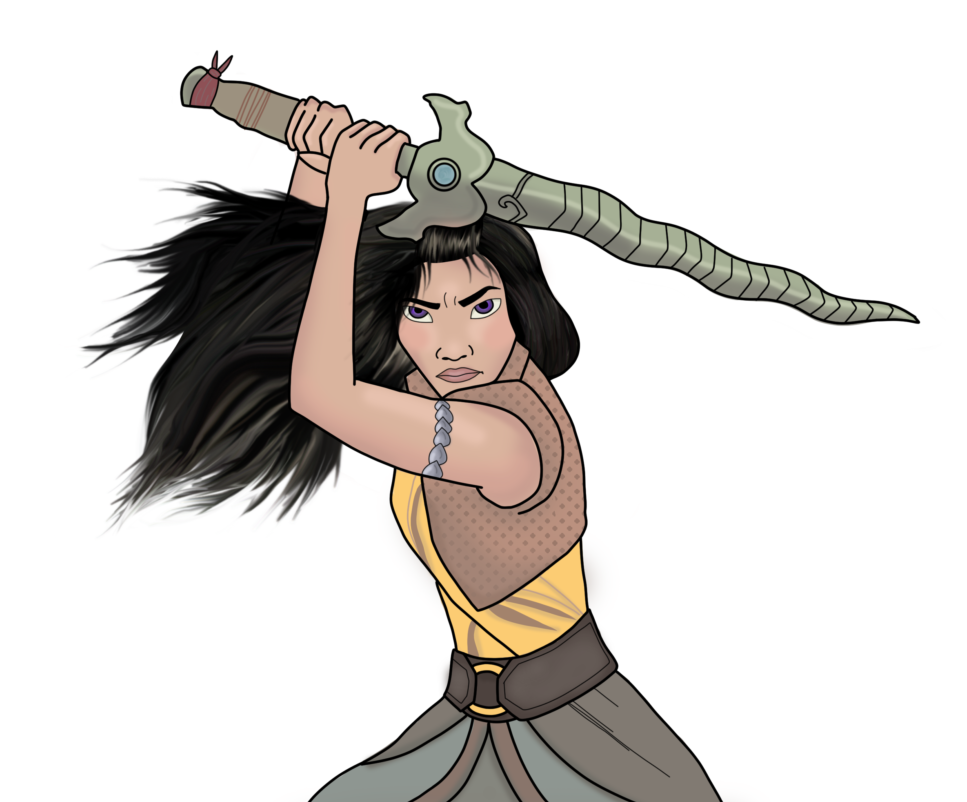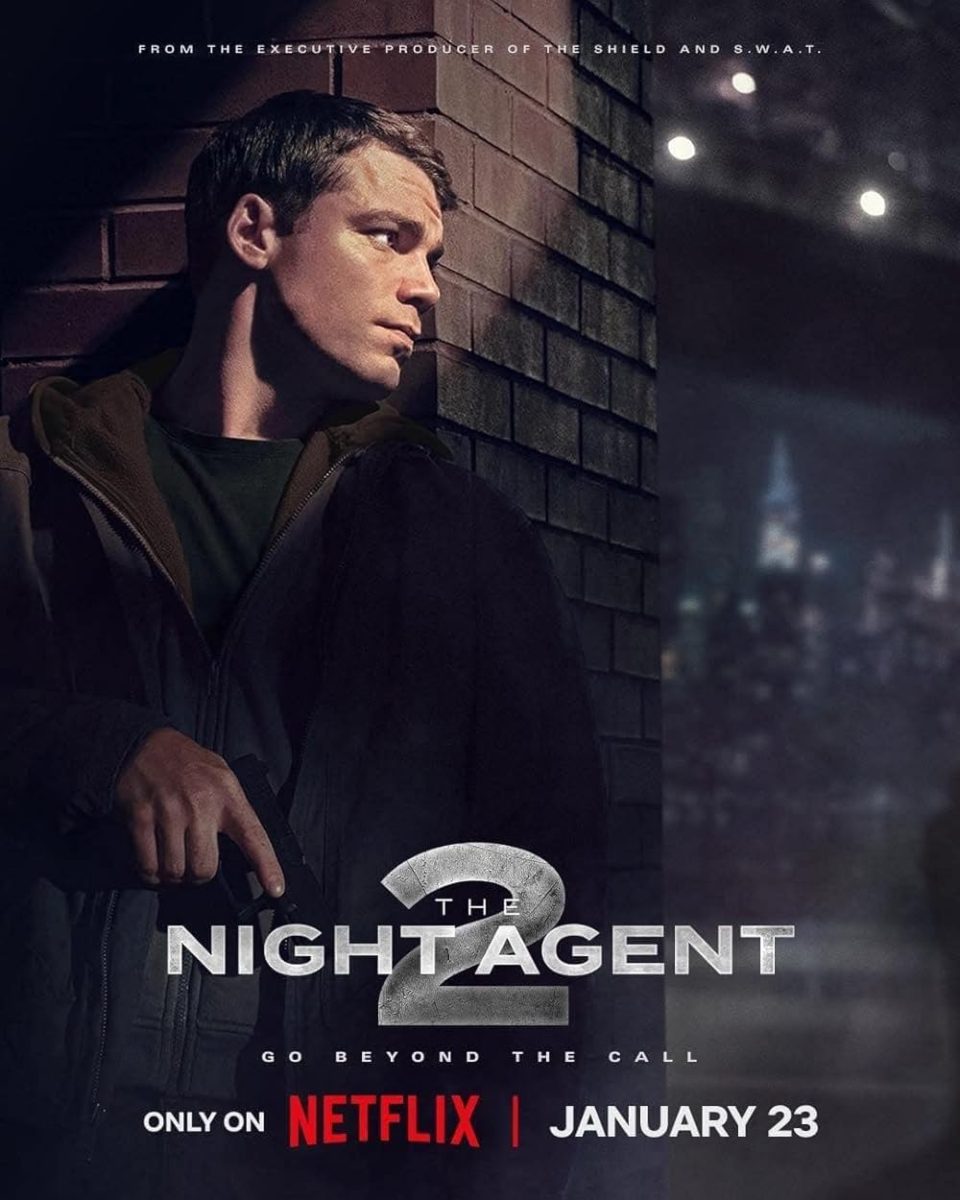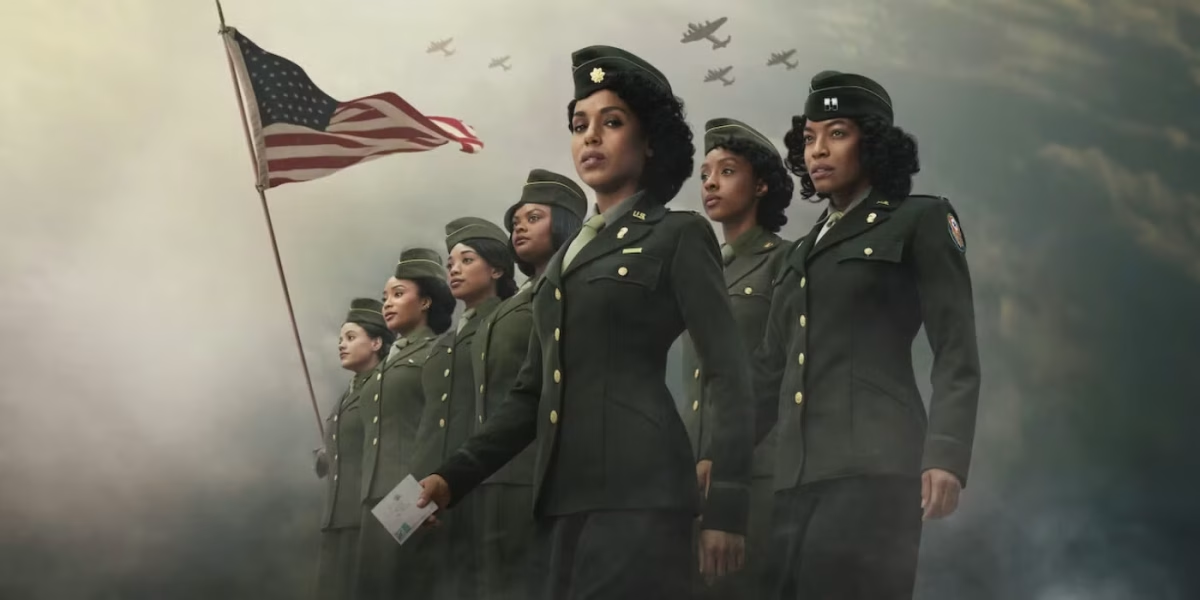story Ianni Acapulco | art Mary Barone
In the soft light of the cave, two young girls made their way past the grand stone doors, their newfound friendship a precarious alliance founded upon the shared adoration for old Dragon tales. It should have been the sign of a promising future, the fruition of Chief Benja’s hope for peace and solidarity. But then the Dragon Gem shattered, the world fell into danger, and Raya had nothing but hope and an old dragon tale to help make the world right.
With inspiration taken from a myriad of southeast cultures, the wholly original story and fantasy world of Kumandra is a tale of five nations divided by a calamitous history, all plagued by dark creatures called the Druun, which turn citizens into stone.
Released exclusively on Disney Premier Access on Mar. 5, “Raya and the Last Dragon” offers its viewers a miscellany of well fleshed-out characters who are diverse and distinct, with deeply moving stories and intertwining threads of fate. Each of the movie’s three female leads (Raya, Sisu, and Namaari) must face the looming monster of disappointment and the possibility of righting wrongs, creating very real, very layered characters.
While conducting research, filmmakers visited several countries within the southeast region, including Laos, Thailand, Cambodia, Indonesia, Singapore, and the Philippines. With the culmination of their research, the filmmakers were able to turn the movie into a visual feast of varying landscapes and vibrant cultures. Rather than corresponding each nation of Kumandra to a certain culture, Disney made the perceptive choice in blending aspects of several cultures in order to create such a complex world, avoiding the possibility of egregiously painting one culture in particular as the inadvertent “bad guy.”
In recent years, Disney has been working on refiguring how they portray their princesses, moving away from damsels in distress and creating more head-strong and capable characters. As the first southeast asian disney princess, Raya (voiced Kelly Marie Tran) takes it even further. Raya is, according to writer Adele Lim, an embodiment of all the strong southeast asian women she had in her life growing up. Seeing Raya on screen—seeing representation through a complex and powerful character—was nothing short of phenomenal
Raya is a lot of things, and these layers of who she is make her intricate and real to an audience. She is entirely on-brand as a fierce Disney Princess. She’s got a big heart, a sharp mind, and an unbending will. But Raya isn’t perfect. And really, that’s the whole point. Blinded by her own experiences and unwilling to compromise on her beliefs, her character creates an interesting opening for antagonist Namaari (voiced by Gemma Chan), who seems less and less like a villain and more and more like the other side of Raya’s coin.
Once two young girls with a shared affection for old Dragon Myths, their opposing journeys and development were heart-warming and impactful. Their story of recovering in the face of loss is not only genuine but empowering, encouraging viewers to learn from the past but not to let it cloud the future.
“Raya and the Last Dragon” is a lot of wonderful things encapsulated in an hour and 57 minutes. It is a story of growth and honor, as well as a story of healing in the wake of tragedy, coming together and traversing boundaries.
Masterfully playing on the heartstrings of its audience by drawing on intrinsic aspects of human nature—navigating love, hope, and our own faults—“Raya and the Last Dragon” gifts the audience a world that not only makes tears an inevitable part of the viewer experience, but that reaches out to touch the heart.










































































































